Leading market players are investing heavily in research and development to expand their product lines, which will help the advanced authentication market, grow even more. Market participants are also engaging in various strategic measures to grow their businesses, and global footprint, with important market developments including contractual agreements, new product launches, mergers and acquisitions, higher investments, and collaboration with other organizations. The equipment monitoring industry must offer cost-effective items to expand and survive in a more competitive and rising market climate.
Manufacturing locally to minimize operational costs is one of the key business tactics manufacturers use in the global equipment monitoring industry to benefit clients and increase the market sector. In recent years, the equipment monitoring industry has offered some of the most significant advantages to medicine. Major players in the advanced authentication market, including SKF, Emerson Electric, General Electric, Honeywell International, National Instruments, Parker Hannifin Corporation, Rockwell Automation, Inc., Schaeffler AG, ABB, Fortive Corporation, ALS Limited, Schneider Electric Co., and others, are attempting to increase market demand by investing in research and development operations.
BB may offer systems that use sensors to continuously monitor key parameters of industrial equipment, such as motors, pumps, and generators. These parameters could include temperature, vibration, pressure, and other critical data. ABB might provide remote monitoring capabilities, allowing users to access equipment data and status from a centralized location or through cloud-based platforms. For instance, in September 2022, to provide improved condition monitoring services, ABB and Samotics, a high-growth scaleup company in the Netherlands and a well-known supplier of ESA technology, established a long-term strategic partnership.
The technique will make use of each company's advantages to offer additional information about the health and power effectiveness of the equipment.
SKF provides various condition monitoring systems that use sensors to measure parameters such as vibration, temperature, pressure, and lubrication conditions of industrial equipment. These systems continuously monitor the health of critical machinery and components, providing real-time data to detect potential issues and anomalies. For instance, in January 2021, SKF engaged with Solvang to maintain its fleet of tankers and make a purchase of a new system for detecting vibration and light.
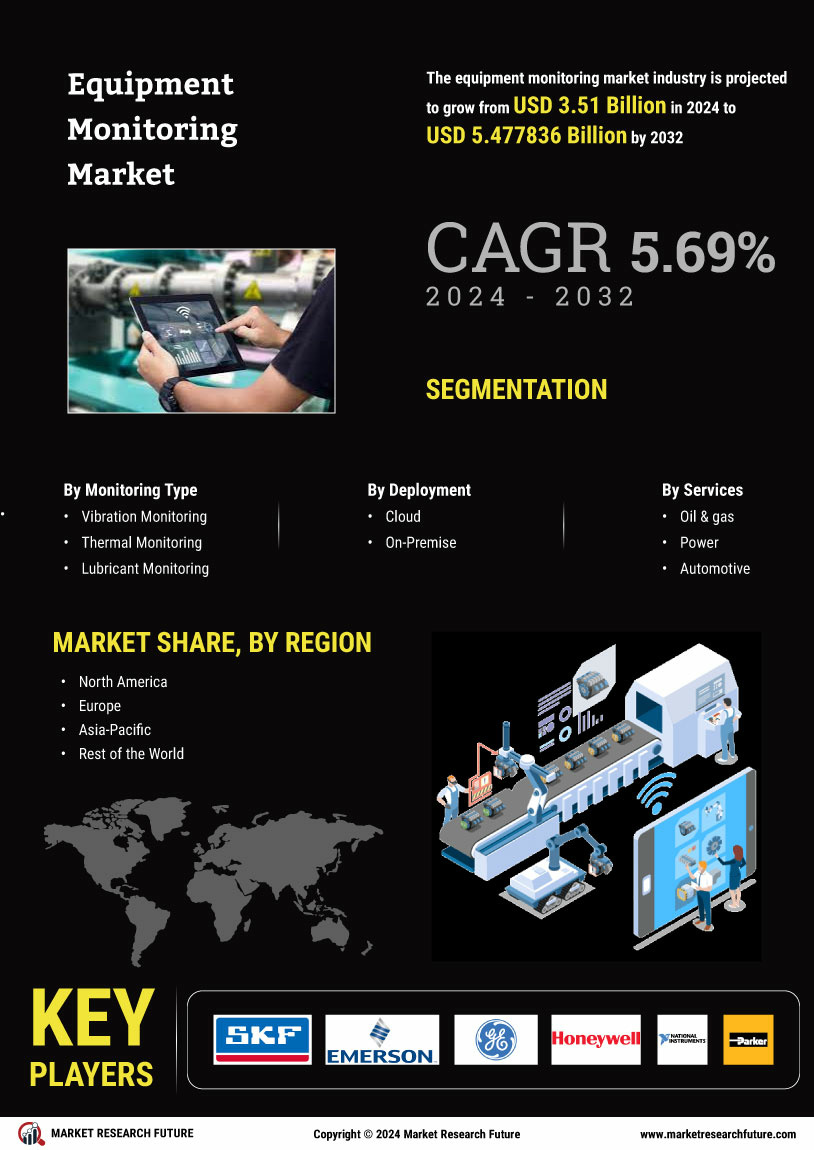
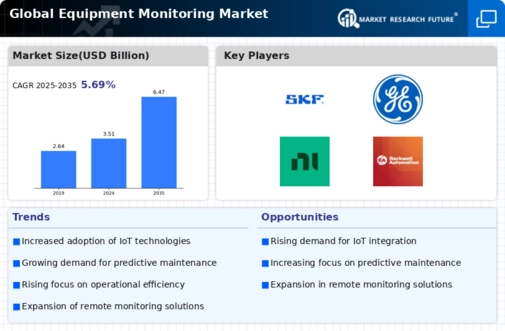
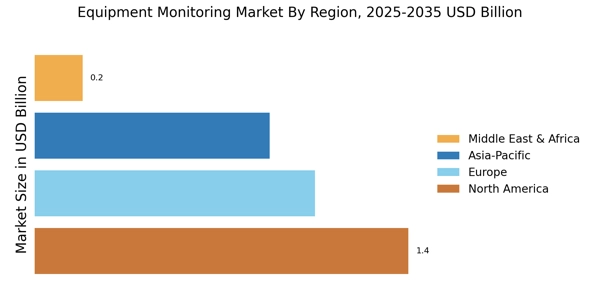

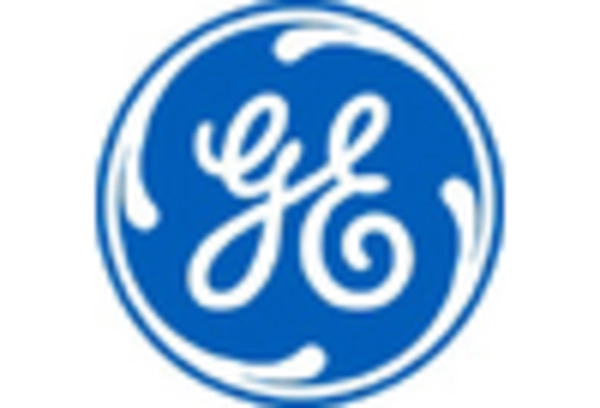



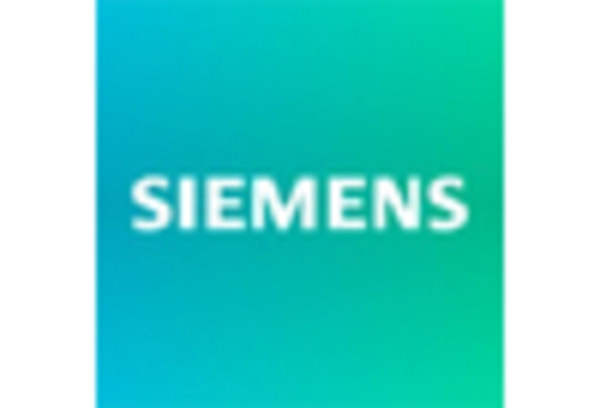








Leave a Comment